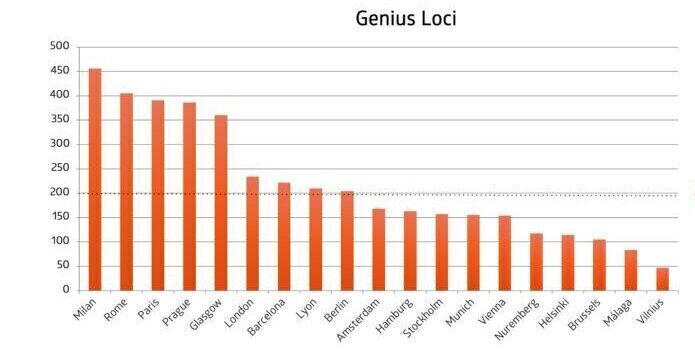
It is Monday afternoon and you are heading into a mall in a town somewhere in Sweden. You are hunting for a new cable for your computer. You have just passed through the doors and suddenly it happens, you are struck by shopping mall apathy. It chills your heart and a strange paralyzing feeling of meaninglessness takes a hold of you.
You are met, as usual, by a totally innocuous, grey impersonal semi-premium interior with almost-marble and wannabe-hardwood. Definitely not something that manages to recreate the enthusiasm you felt before you entered through the obligatory revolving doors at the entrance. The empty stores don’t make things any better. Locales in the best locations, side by side with boarded up windows that proclaim the all too obvious lie We are developing new meeting places for a new epoch in trade – follow us online. Customers are aware that this really means Shit, another empty locale that we don’t have a clue what to do with. After a commercial Golgotha walk you realise that the computer store you usually frequent has shuttered, you drag yourself home and order what you need online with next-day delivery. This takes just under four minutes. Relieved you feel your spirits replenish.
Can you relate to this? Probably. A great many can and as a consequence things are looking grim for the physical shopping space today. Experts and analysts of many a colour are in agreement. Add a pinch of climate crisis and Anthropocene where you are not supposed to consume as it is connected to shame, misery and frivolity. And then along came the pandemic to boot.
Will physical shopping space survive?
Will the physical shopping space be able to survive at all? Yes, if we put our faith in the 00-ists that, surprisingly enough, is the generation most interested in consuming that we have encountered so far. I have written about this previously. These youths want to continue shopping, in parallel with our times wicked problems screaming at them to stop. There is a resulting severe cognitive dissonance, accompanied by anxieties in our young consumer hungry generation. When we talk to them they are clear. They will not shoulder the world’s problems because they also want to live. The future will have to wait till later.
The soul of the place
But we also know that there really are market places that function very well. Market places that attract consumers. Market places that deliver great profits for their store owners and property owners. What is it that these spending palaces do right? Is there a common denominator? After analysing 50 or so of the most successful market places in the world a clear pattern emerges. Successes are nourished by the presence of a soul. Places are alive and provide something meaningful in return.
Among the most successful luxury market places like Bal Harbour in Miami with its palm trees, open atmosphere and flag-ship stores with everything from Ralph Lauren to Hermès (and no, it is not cheap). With top-notch restaurants in tropical environs. Other places like Coal Drop Yards in King’s Cross in London hosts Tom Dixons flag-ship along with one of the world’s leading design schools, side by side in a historical industrial environment. Or Venice’s Fondaco dei Tedeschi housed in a building originally constructed in 1228. Lovingly restored and opened for commercial purposes in 2017. It is possible. What all these places have in common is not the luxury but a high level of genius loci – The soul of the place. The term comes from ancient Rome and has existed for more than 2000 years. A modern interpretation and operationalisation of Genius Loci comprises mainly of the following four parts:
- Attractive architecture: The place should be perceived as having a strong architecture. It needs to connect to local expressions.
- Cultural expression: Elements of culture and art must be present.
- A positive/engaging narrative: There must be an attractive narrative about the place. Something to create interest for those who do not reside there and a sense of pride for those who do.
- A local content: A content that is special for this place.

An international comparison
The time has past
We have measured the levels through text analysis using our system Q-Ball, and as you can see many of the more attractive places display high levels of Genius Loci. Levels for Swedish places are appreciably lower. There is also an extra layer of consciousness to add to this. The need to create Genius loci and meaning in an increasingly digitally dominated life style needs to be handled. How can this important identity be produced and accentuated on the web? For example, what does Genius loci mean on Tik Tok for Mall of Scandinavia? In a world that is becoming increasingly Meta, or at least, more digi-physical we at least need to ask ourselves the question.
Can the level of Genius loci be raised? Yes it can, but there is no short-cut, it requires an ambitious and honest analysis of what comprises the core of a place, The soul of the place. That is the only way the market place of the future can connect and achieve positive emotional importance, far from apathy and boredom in its visitors. Short-cuts with standardised formats and solutions will not work. Those days are gone forever.
